The team behind the French startup FabBRICK will go on stage for the Climate Change Summit, an event held in Bucharest on October 19th and 20th. During the two days, dozens of climate innovation and environmental policy leaders, researchers, entrepreneurs and government officials will come together in a joint effort to find local and regional solutions for a sustainable future.
FabBRICK’s team will talk about the startup and how they went from soft fabrics to solid walls.
Before the Climate Change Summit in Bucharest we talked to Clarisse and her team about the journey of FabBRICK and how they reinvent construction materials with recycled textile waste.
The idea behind FabBRICK started as Clarisse’s architectural diploma. Then it turned into a business that has more than 80 customers and is evolving.
For Clarisse Merlet, the purpose is very clear: the more bricks they make, the less waste is going to landfill or being incinerated and produces less CO2 emissions.
“When I was a student in architecture, I noticed how much construction is a polluting and energy-intensive industry, so I decided to find a way to build differently, especially with the use of raw material wastes such as plastic bottles, cardboard or plastic cups. Then, I figured out that the textile industry was poorly considering recycling this material which has relevant properties in the area of construction knowing that cotton is considered as a powerful thermal and acoustic insulator. Then I had the idea of reusing discarded clothes by making it an innovative raw material. Based on the characteristics of the recovered textiles, I designed an ecological building material both thermal and acoustic insulator”, Clarrise tells us.
The EU generates 12.6 million tonnes of textile waste per year. However, less than a third of this is collected for reuse or recycling in the country.
“Fast Fashion waste affects our climate, our ecosystems, and our health. If a business-as-usual scenario prevails in the coming years – meaning that no action is taken to reduce fast fashion waste – the industry’s global emissions will likely double by the end of the decade”, adds Clarisse Merlet.
So Clarisse and her colleagues felt that they needed to do something and put the waste to work.
How to turn textile waste into bricks
This is what FabBRICK is doing at this point: it recycles old clothes or textile waste into a construction material, with an ecologically-friendly glue that Clarisse has developed herself.
These scraps are first mixed and then pressed into a brick mold that uses mechanical compression to form the bricks. The wet bricks are then removed from the mold and left to dry for two weeks before they can be used.
“The bricks are an excellent thermal and acoustic insulator, meaning that they work for room partitions, decorative walls in retail stores, and can also be used to make furniture such as lamps, tables, stools, and more. We hope soon enough they can be used in construction, they are designed for structural purposes", adds Clarisse.
The bricks are made inhouse, as the team states, and in April 2019, the company received support by closing a crowdfunding round of 10.000 euros that was used to develop a brick machine to industrialize the production process.

“Fom companies that produce textile waste, we are offering circular solutions for it. We have our own factory, we take care of the whole process and plan on opening a larger factory to be able to absorb more waste and therefore produce more bricks”, states the team at FabBRICK.
But building construction materials out of waste is not an easy task. According to them, the tricky part is transforming something that usually goes to waste into something that has value but above all fits all the regulations of a material.
“In order to bring the idea to life, we had to experiment with different techniques before finding the process that would be used to produce the bricks. The textile is being compressed in a mold. To reach a good result, we need to use a crusher to transform the textile into fibers and little pieces of fabrics. Then these fibers are mixed with a binding, resulting in a material similar to clay that will be shaped by the mold”, states the team behind FabBRICK.
They add the fact that the hardest part of the research was to make an ecological glue rot-proof, that doesn’t develop molds.
“The brick has a very good mechanical resistance almost like a concrete block. This is why the structure of our furniture/ partition walls is made directly with our bricks. On another note, it has a good insulating quality, acoustic and thermal, and a good resistance to fire. Hence we can make panels that improve the ambiance of a room or a public space”, FabBRICK’s team adds.
80 clients and plans for global expansion
At this point FabBRICK has more than 80 customers. The next step for the team is to automate the production so that they can recycle even more.
At the moment the process is semi-automatic, part of the process of making the bricks are manually operated, but their goal for the next months is to to start the process of automatising the whole production. And this can help FabBRICK develop at an international level, recycle more and more textile waste and produce more FabBRICK’ Bricks.
“At FabBRICK having a local production is at our core value and DNA. Even when it comes to our ingredients, machines and everything we use here. Local design production is possible, and we can do everything locally, just need to adjust and organize. Promoting local production doesn’t mean that the concept is exclusive to France. On the contrary, we envision the possibility of a worldwide expansion, promoting local trade through a global vision. FabBRICK can be developed worldwide, the reason being that unfortunately, fast fashion is everywhere, so we can always be close to a source of textile waste”, concludes Clarisse.

 Oana Coșman
Oana Coșman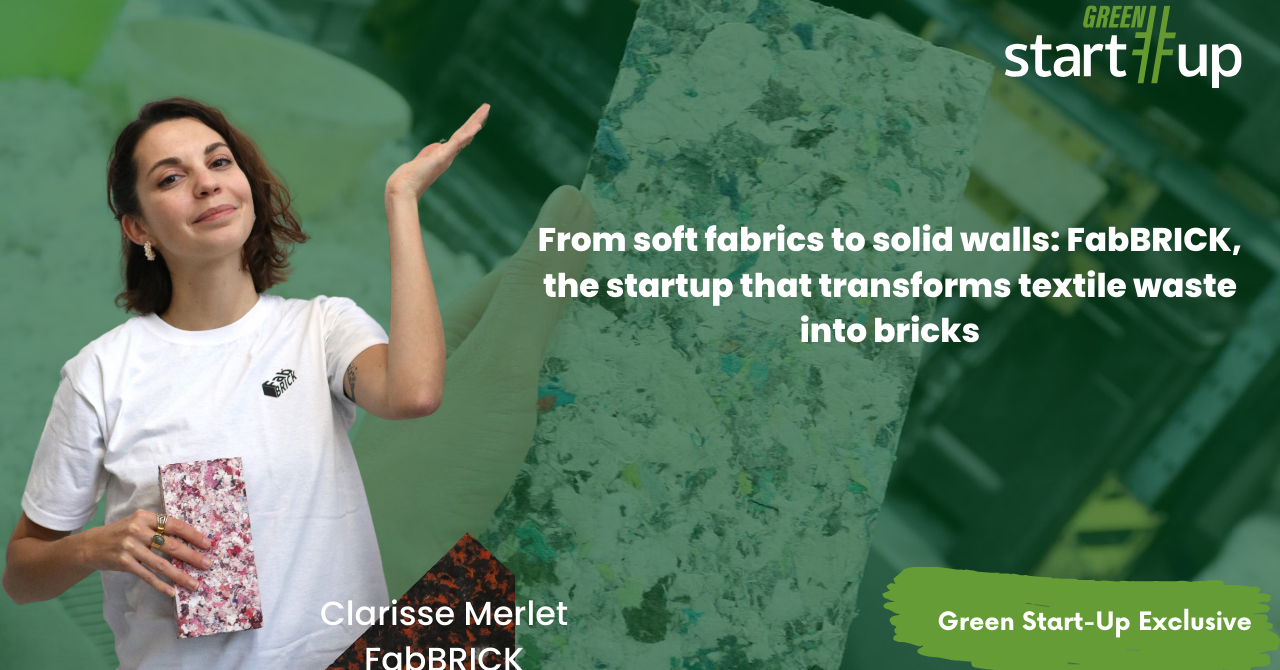

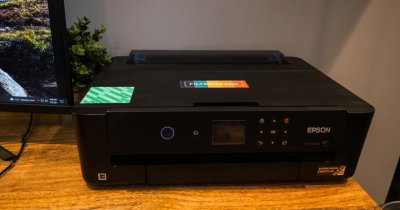

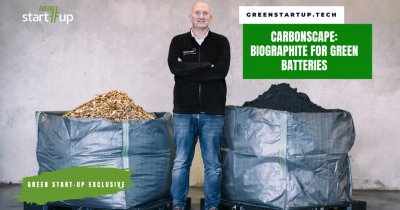


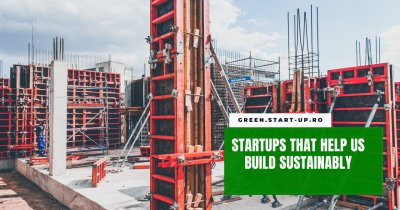
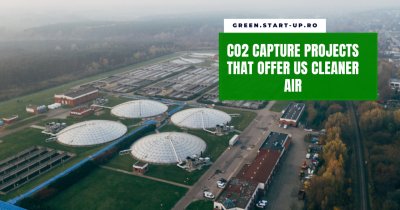
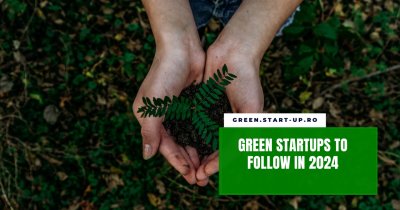

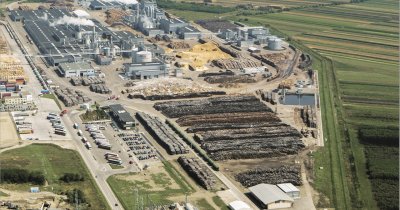

Any thoughts?